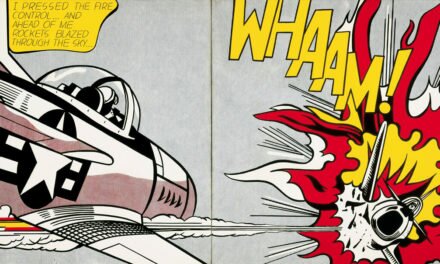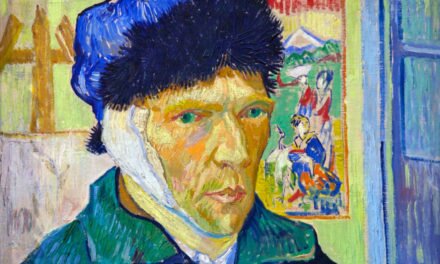Even though it’s one of the newest forms of music that has been established over the centuries, hip-hop has gone through a lot of changes in the past five decades. From its beginnings as block party dance anthems through to its aggressive, politically-charged periods to it’s the club-friendly commercial hits today, hip-hop is a continually evolving genre of music, always shapeshifting to encompass eclectic new sounds and sub-genres.
1970s
Hip-hop’s roots in the 1970s can be traced back to New York’s South Bronx neighborhood. The genre was founded by young African-American, Caribbean and Latino communities who started MCing and breakbeats. The person widely credited as the father of the movement, DJ Kool Herc, based hip-hop on musical Jamaican traditions of impromptu bragging poetry and speech over music. MCing (or emceeing) was based on African-American “capping”, where performers tried to outdo each other in authentic rhymes and get the audience on their side.
Hip Hop innovators like Grandmaster Flash relied a lot on “breakbeats” such as cutting and scratching, and sampled extended beats from funk songs with their own shouts recorded over the music to get listeners on to the dancefloor. The necessary equipment for hip-hop usually included turntables, lots of speakers and a couple of microphones. In the 1970s, the genre was still mostly relegated to block parties and underground all-night dance parties in New York’s African-American neighborhoods, but it would soon go big over the next decade.
The 80s
Hip-hop ventured outside the Bronx and hit the whole country in the 1980s. The genre also diversified and developed into more complex styles. Artists like Afrika Bambaataa started fusing hip-hop with electro, most notably in “Planet Rock”, while other artists mixed in dub influences. The development of the Roland TR-808 drum machine helped speed up the use of electro in hip-hop.
Not only did hip-hop spread outside the South Bronx, it also hit other countries across the world. DJs from UK to Japan started spinning hip-hop records, each bringing a slightly different style to their own subgenre of hip-hop. In the USA, this decade was the “Golden Age of Hip-Hop”– nicknamed like that because of the quality, innovativeness and diversity of music being created around this time.
After all, this is when aggressive new school hip-hop started with Run-DMC and LL Cool J, influenced partly by rock and featuring rappers aggressively delivering boasts, taunts, and some social commentary. Gangsta rap was also in its early experimental phase at this time, with Ice-T and later N.W.A. pioneering very violent and profanity-filled songs meant to rock the established genre and musically protest the establishment.
The 90s
The 1990s is the decade when hip-hop really hit the US mainstream, with major rap hits playing on radio and previously “controversial” rappers becoming more accepted. “Billboard” editor Paul Grein called 1990 “the year that rap exploded”. It was in this decade that rap also started to diversify throughout the country with distinct East Coast, West Coast, and Southern styles.
A rivalry started between East Coast and West Coast rappers – the West Coast smooth “G-Funk” style was mostly pioneered by Dr. Dre, Tupac, and Snoop Dogg, while the Wu-Tang Clan, Nas and Notorious B.I.G. had more aggressive beats and complex wordplay.
The 00s
Hip hop remained at the top of the charts for most of the 2000s and started creeping into a lot of mainstream pop as well. By this point, the music itself was diversifying at a rapid rate, as were the artists that performed it. Classic hip-hop artists like Jay-Z, 50 Cent and Dr. Dre remained successful in the scene, but Eminem became one of the first white performers to dominate the hip-hop charts in this decade, while Missy Elliott and Lil Kim opened the door for women in hip-hop.
Later in the decade, an alternative form of hip-hop emerged headlined by Kid Cudi, Mos Def and The Roots, who embraced hipster and electro influences, as well as more complex and philosophical subjects and lyrics.
2010 and Beyond
Modern hip-hop is seeing the rapid development of new superstars in the genre, like Kendrick Lamar and ASAP Rocky. There is now so much diversity that it’s hard to characterize today’s hip-hop with one “style”. Powerhouse rappers like Drake and Nicki Minaj release mainstream chart-topping hits, mostly made for clubs, while rappers like J. Cole continue on the tradition of politically minded hip-hop rants.
However, one thing is clear – when artists like Kendrick Lamar guest rap on pop icon Taylor Swift’s smash hit “Bad Blood”, and Kanye West reaches mega fame experimenting with sampling genres from all over the last century of American music, hip-hop is continuing to evolve. It has been accepted by the mainstream, and it’s here to stay.







